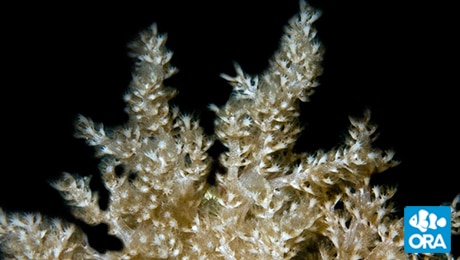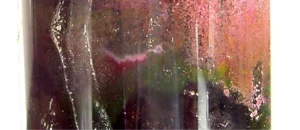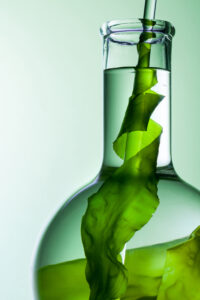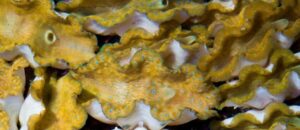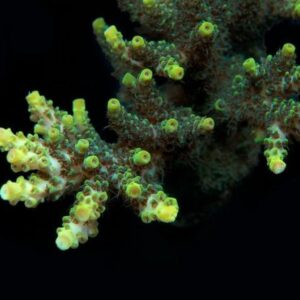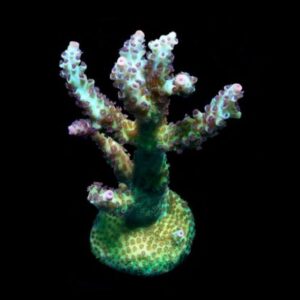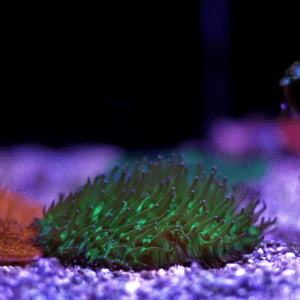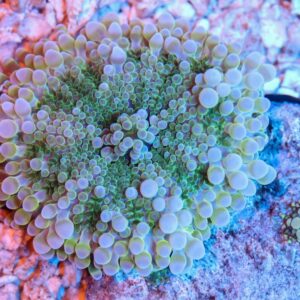Description
Nephthea originates from the Indo-Pacific, but the frags sold here are aquacultured by ORA. Aquacultured corals are grown in aquariums instead of being collected from the ocean, which comes with several benefits that we will discuss later. Nephthea is a branching soft coral with a similar appearance as sinularia. This particular Nephthea from ORA is a tan color. Nephthea corals are fairly easy to care for. They don’t have any unreasonable care requirements. In case you are new to keeping this coral or corals in general, let’s go over the basic care requirements.
To start, let’s talk about lighting. This coral can be given low to high light, but it prefers moderate lighting. Under intense lighting, this coral may not extend fully. Too much light can be harmful, so be cautious. It is highly recommended that you acclimate the coral by starting it in lower light and gradually moving it into medium lighting.
As for flow, Nephthea prefer relatively strong flow. Flow is especially important for this coral because it helps the coral shed its waxy layer periodically. This coral will shrink up during this process, so don’t be alarmed.This is done to prevent algae growth on the coral. Flow also helps deliver needed nutrients to the coral.
Moving on, let’s talking about feeding Nephthea. Like most corals, Nephthea gets most of its nutritional needs from the products of its zooxanthellae. However, it can benefit from dosing live phytoplankton and amino acids. If you are going to feed dry or frozen food, do so in moderation as these kinds of foods can cause severe nutrient spikes if fed too much.
For nutrients, keep it the nitrates at 1-5 ppm and keep the phosphates as close to 0.01 ppm as possible but not 0. This isn’t a strict rule but instead a general guideline. Many soft corals can handle nitrates up to 30 ppm, but this may cause algae growth and affect other corals negatively. Keep the temperature between 72-78 degrees Fahrenheit and stable.
Finally, let’s talk about the potential toxins that some soft corals release. Some soft corals like toadstool leathers, Nephthea, and others release toxins to slow the growth of other corals, mostly stony corals. Nephthea aren’t guaranteed to do this, but there is a chance. The best way to combat this is with water changes and running carbon on your system, which most hobbyists do anyway. This isn’t something that should stop you from getting this coral but rather something to be aware of.
Care requirements
Purchase Size: 1 -2 ”
Placement: You can place this coral anywhere as long as its lighting and flow requirements are met.
Lighting: Low to high.
Flow: Moderate to strong
Parameters: 72-78° F, pH 8.1-8.4, salinity 32-35 ppt
More Information
Aquacultured corals like this Nephthea from ORA are better adapted to aquarium conditions such as lighting, flow, and water parameters. They are much hardier than corals collected from the ocean. These corals are much more likely to survive and do well in your aquarium, which can save money in the long run. Aquacultured corals are far less likely to carry pests and disease, though you should still dip and/or quarantine them to be safe. On top of all that, aquacultured corals are more sustainable and environmentally friendly. Keep your aquarium free of pests and do your part to decrease the impact our hobby has on the ocean by choosing aquacultured, maricultured, and captive-bred organisms to stock your aquarium.

